- Home
- slideshows
- miscellaneous
- A miniature universe exists just beyond our sight - these photos capture it in beautiful, breathtaking detail
A miniature universe exists just beyond our sight - these photos capture it in beautiful, breathtaking detail
This cluster of reproductive cells within a fern won second-place.

This is third place: a spittlebug nymph huddling inside a protective coat of bubbles.
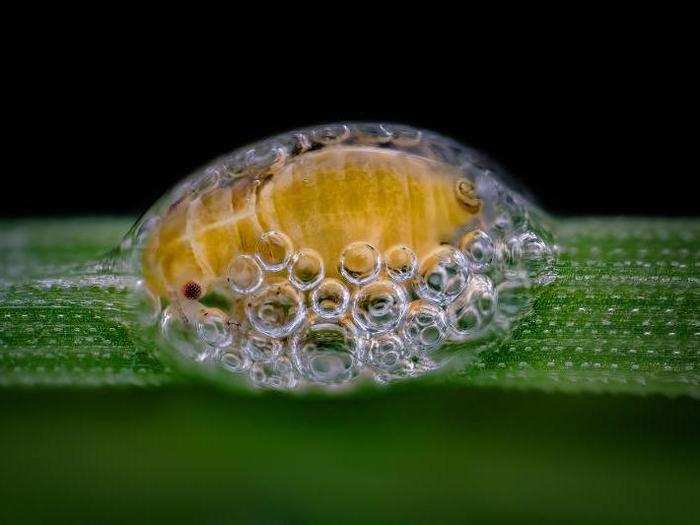
Ever seen a peacock feather this close? This is the fourth-place winner.
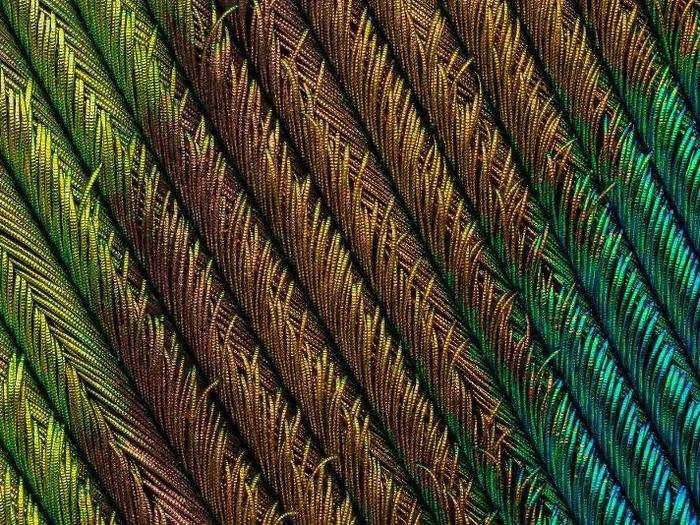
No. 5: A spider embryo with its surface in pink and microtubules in green.
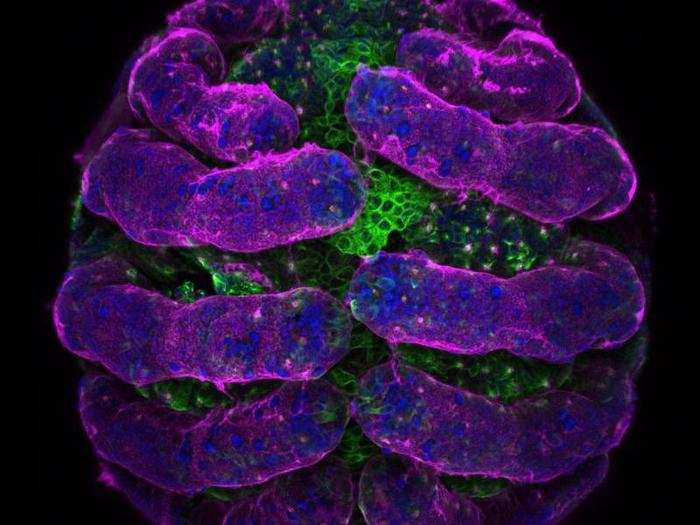
No. 6: The central part of a primate's retina.
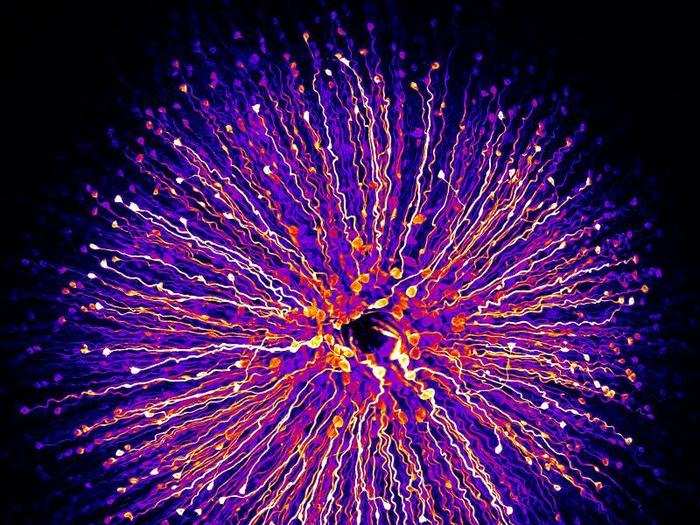
No. 7: A dried human tear drop.
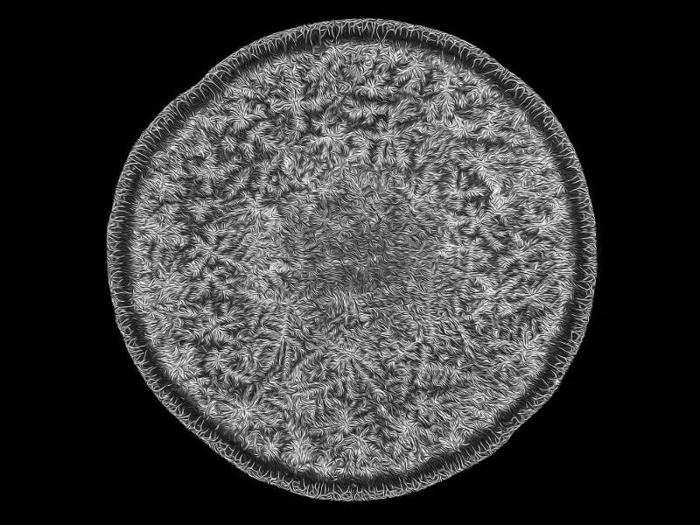
No. 8: A portrait of a very grumpy-looking mango seed weevil, or Sternochetus mangiferae.
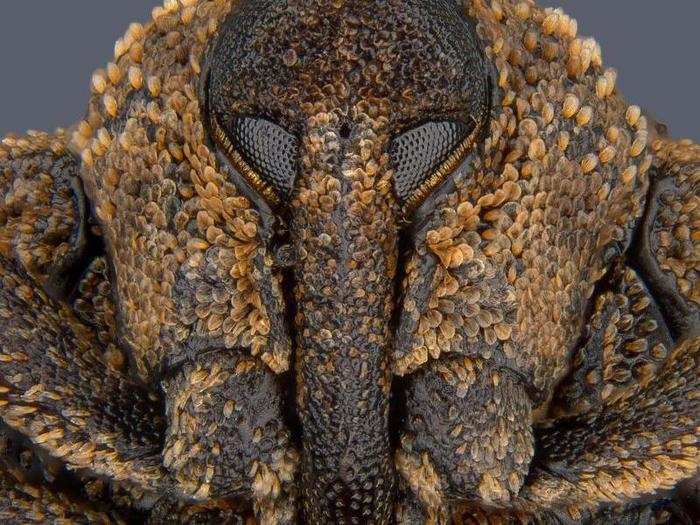
No. 9: A security hologram.
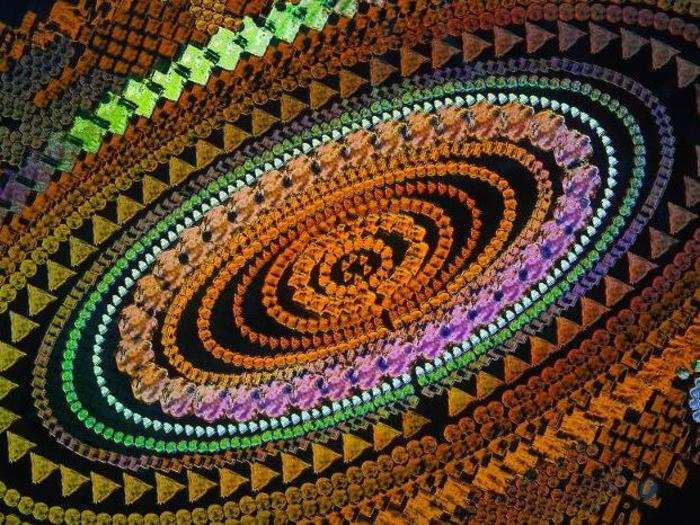
No. 10: A pair of stalks containing pollen grains.
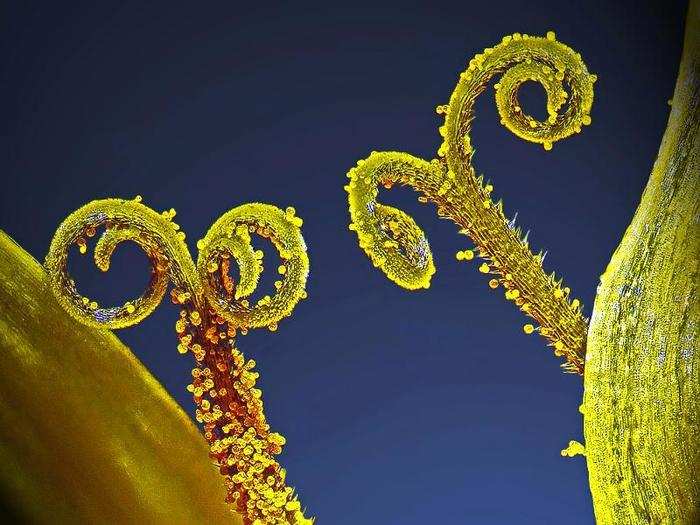
No. 11: A human fibroblast, which is vital for the healing of damaged organs, undergoes cell division. (DNA is stained magenta.)
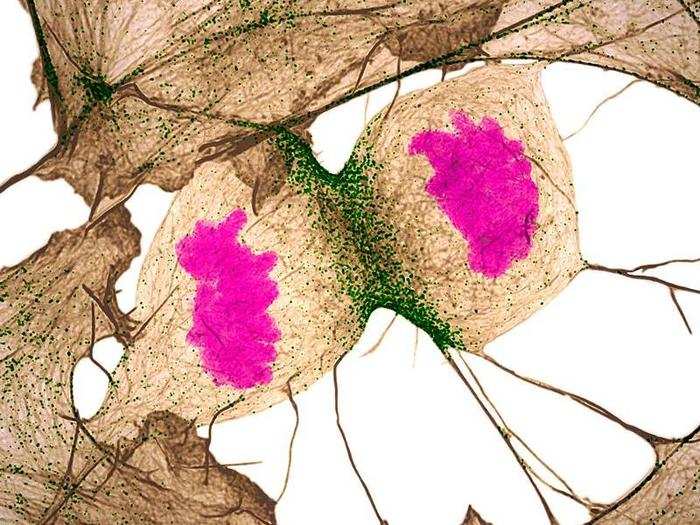
No. 12: Scales on the wing of a Madagascan sunset moth, or Chrysiridia rhipheus.

No. 13: An acorn barnacle.
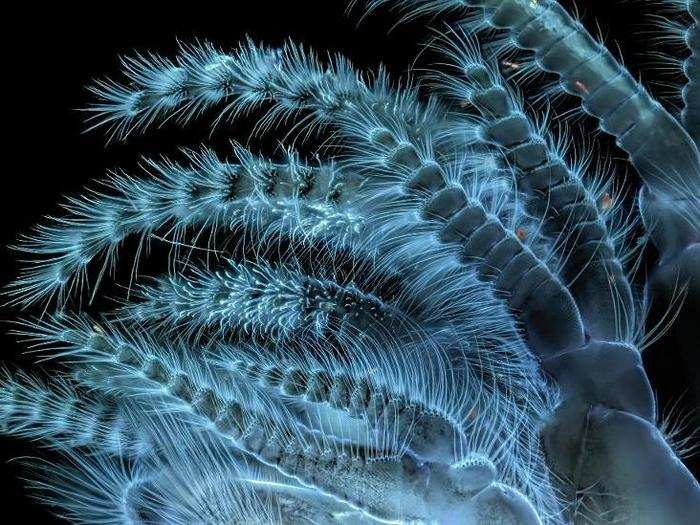
No. 14: A cell from an African green monkey stained to show it's hidden structure.
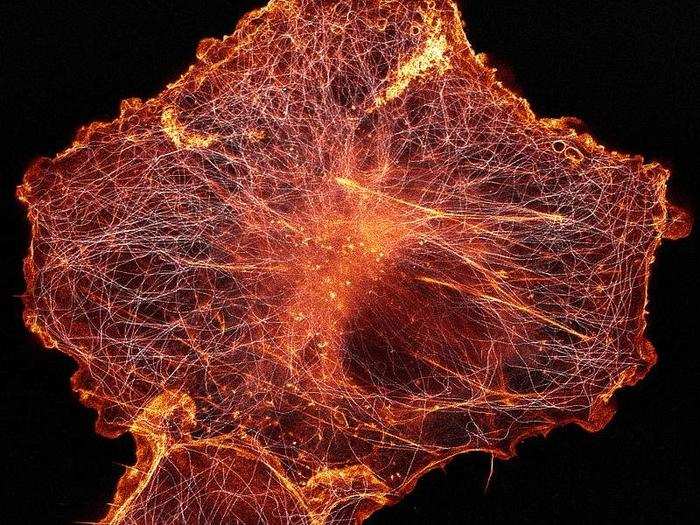
No. 15: A mite on the back of a honeybee.
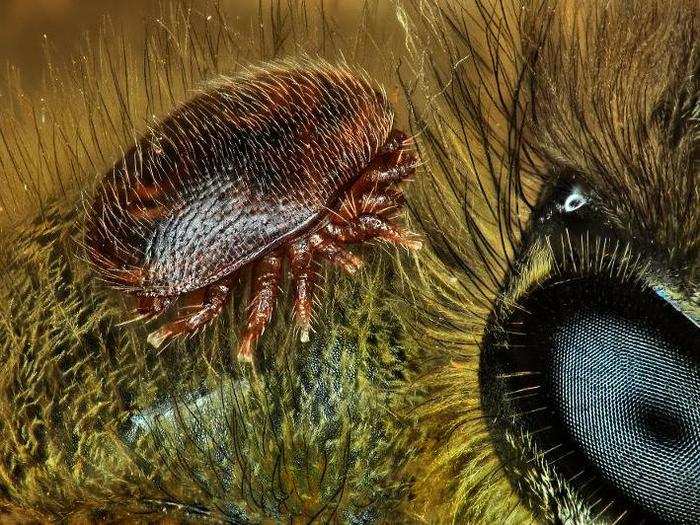
No. 16: A mouse's oviduct, which serves as the site of fertilization.
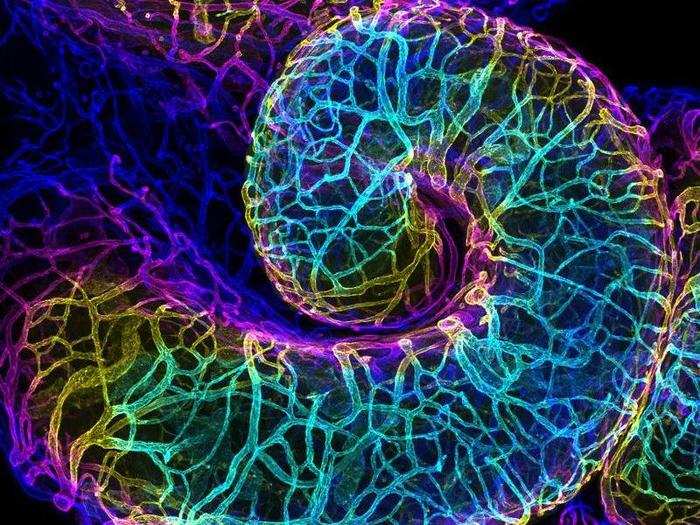
No. 17: Breast tissue, with milk-filled spheres (in red) surrounded by muscle cells that squeeze out milk (in yellow), and immune cells that detect infection (in blue).

No. 18: Crystallized amino acids — the molecules that make up genetic material.
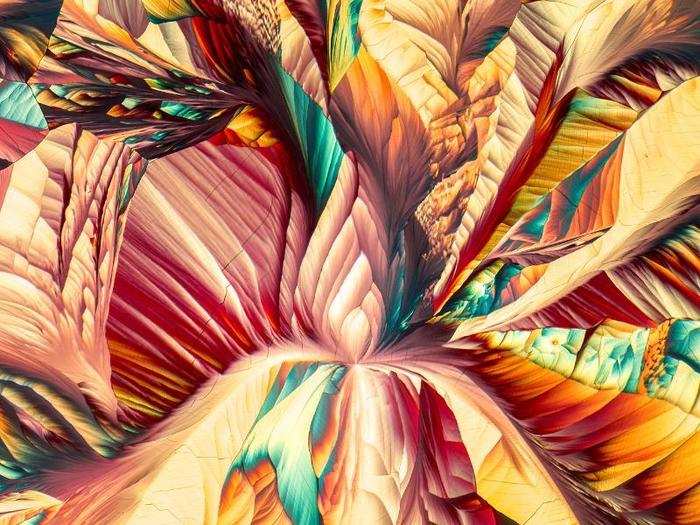
No. 19: Ouch — an Asian hornet with venom on its stinger.
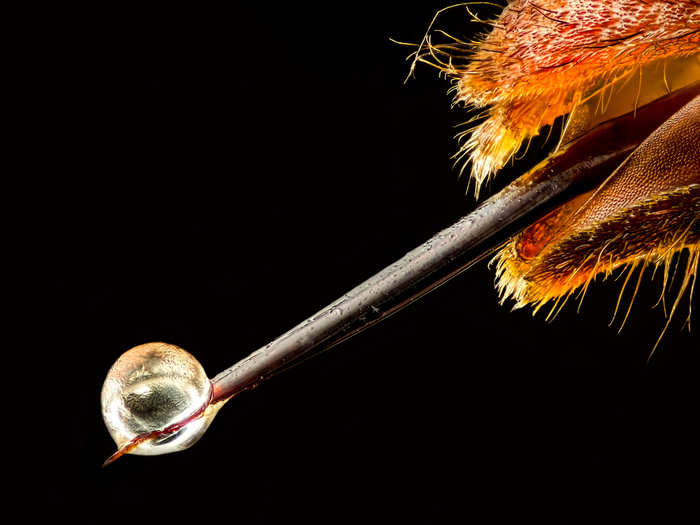
No. 20: The layers of a human retina that enable people to see.
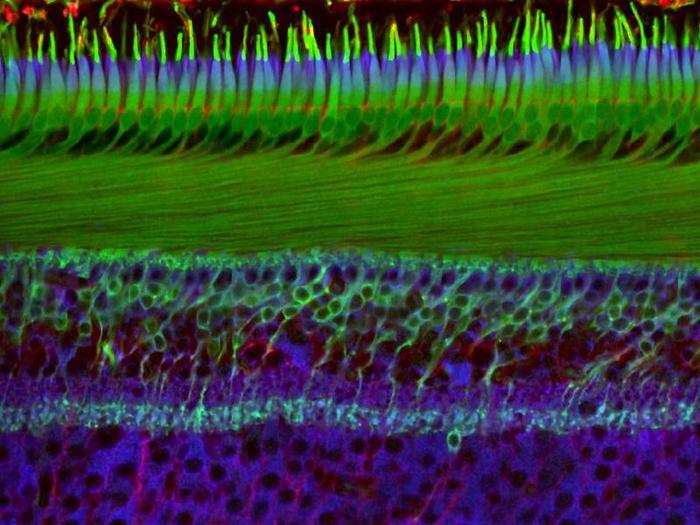
Nikon Small World also recognizes "honorable mentions" that didn't make the top 20, but were close. Here's a Daphnia water flea full of eggs.
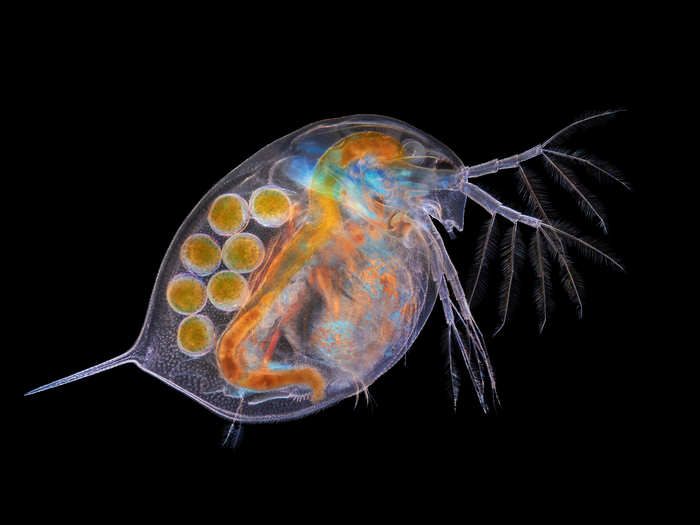
Sea angel larvae use cup-shaped mouthparts to feed.
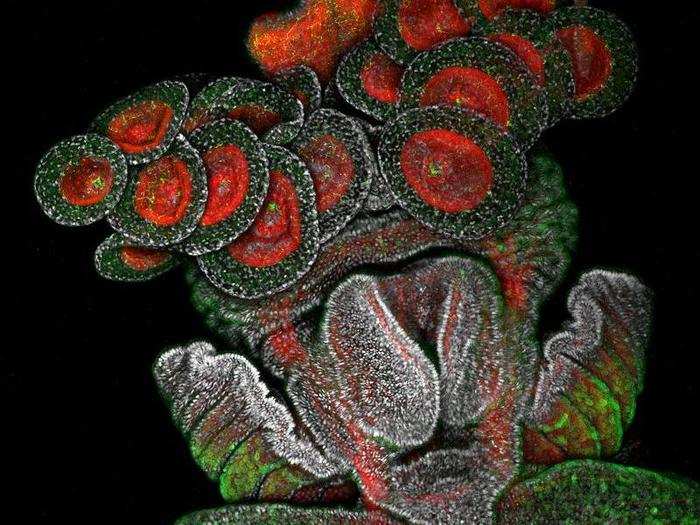
The mold Penicillium vulpinum can grow with surprising symmetry.
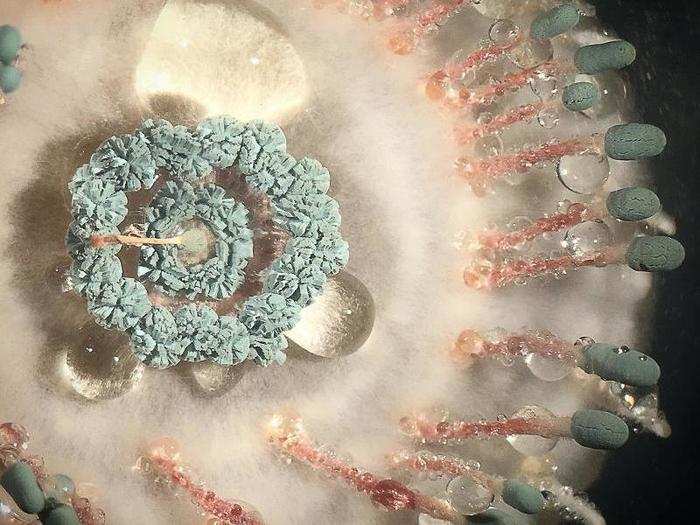
The shell of a lychee fruit that's illuminated from within.
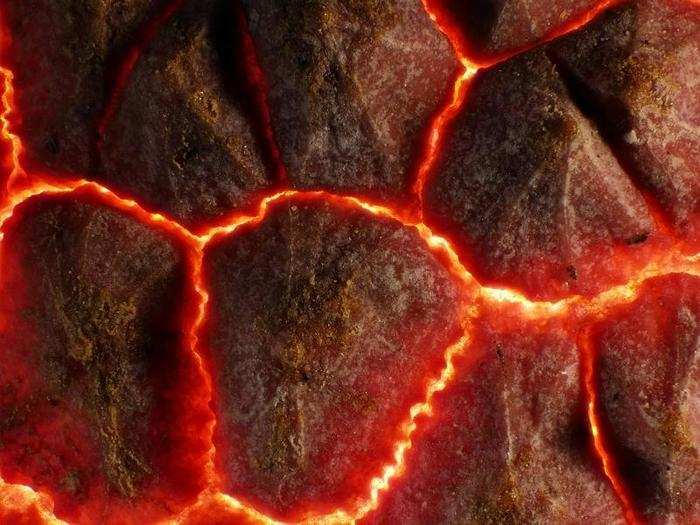
The wing of an emperor butterfly.

A cross section of a Bosnian pine tree.
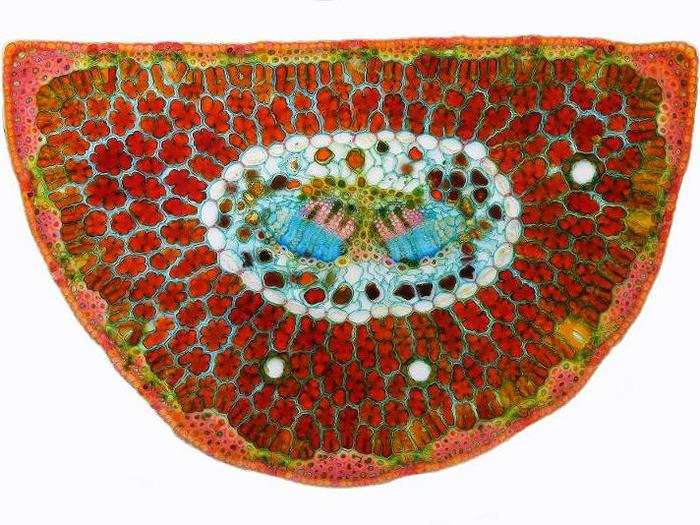
Mosses.
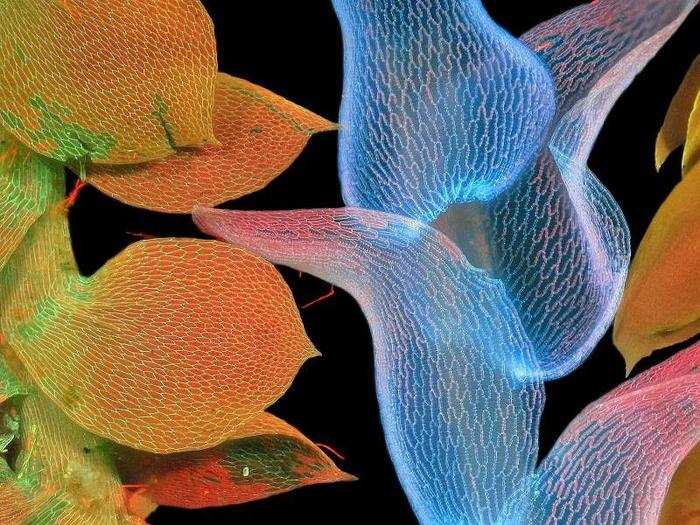
Cloth fabric (in red) and bubbles on the surface of a rock.
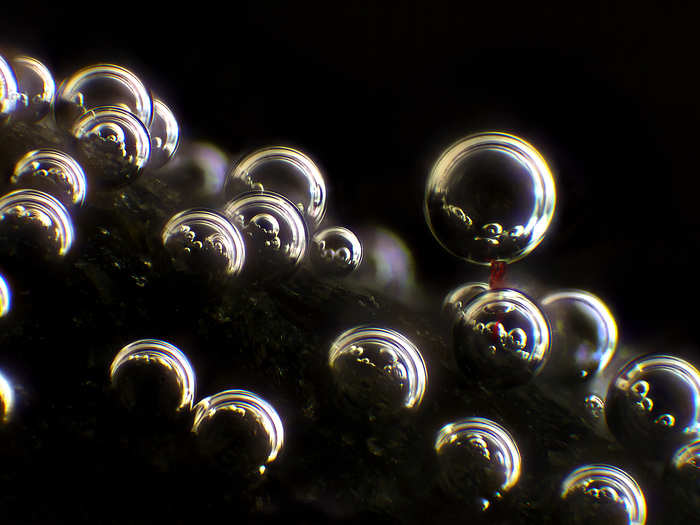
A chameleon embryo.
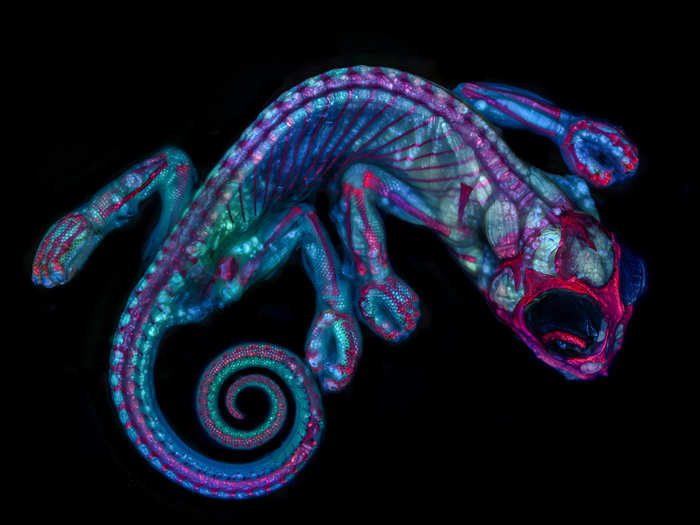
Because there are so many good images, Nikon Small World has a third category called "images of distinction," which follow. The category includes this picture of a Wonga Wonga Vine. It's a popular garden plant found in Australia and the southwestern Pacific region.
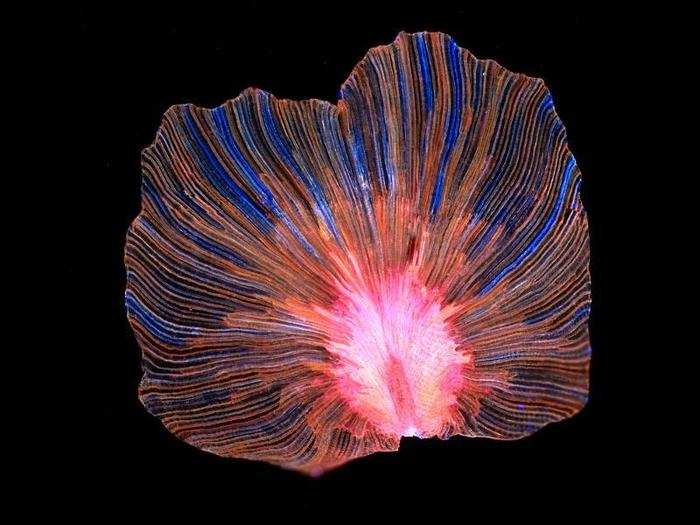
Dye-injected nerve cells inside a mouse's brain.
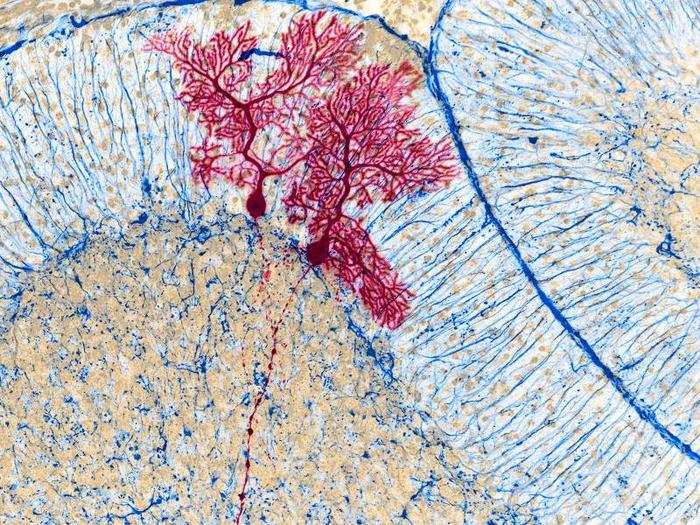
Cyclop, a one-eyed water flea, with eggs.
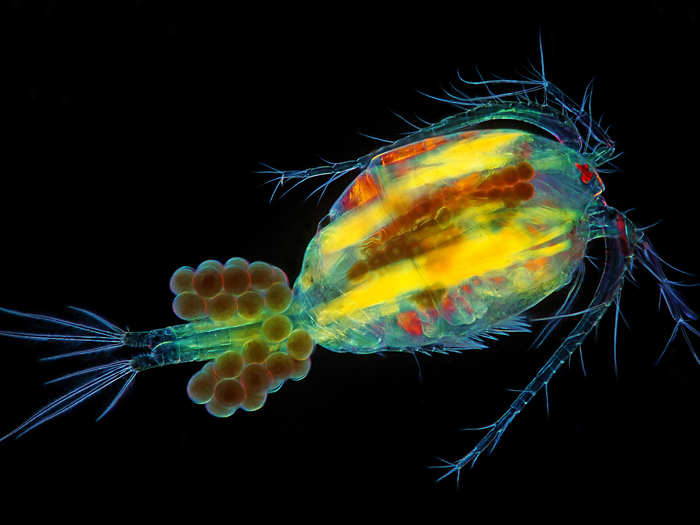
The surface of aluminum milling grooves.

Part of a brain with nerve cells in red, nuclei in blue, and tau proteins in green.
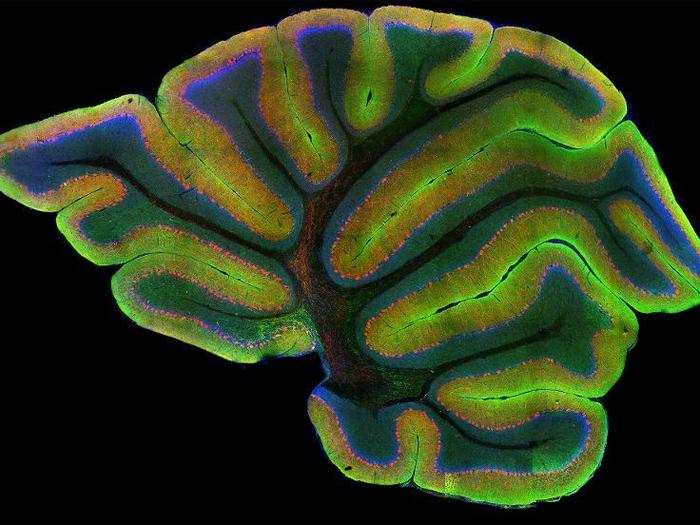
Sex organs and support structures of moss.
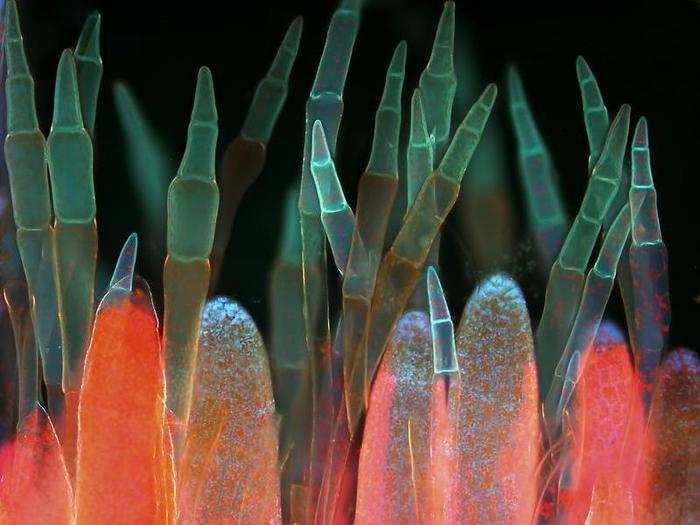
A male wasp from Fiji.
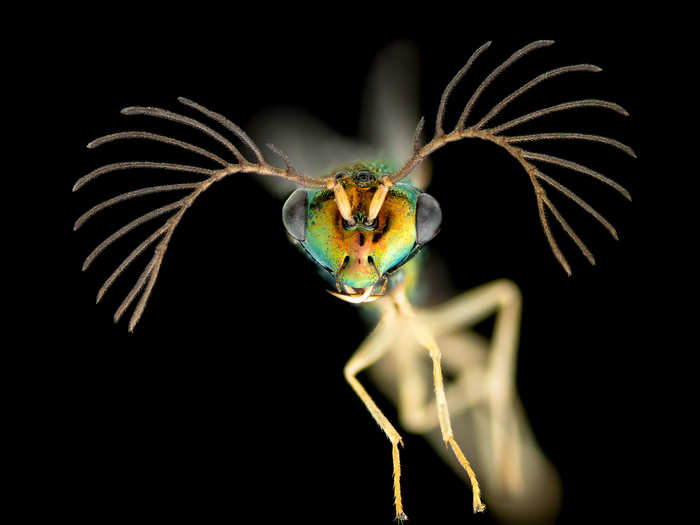
Eek! This is the tip of a tarantula's fang.
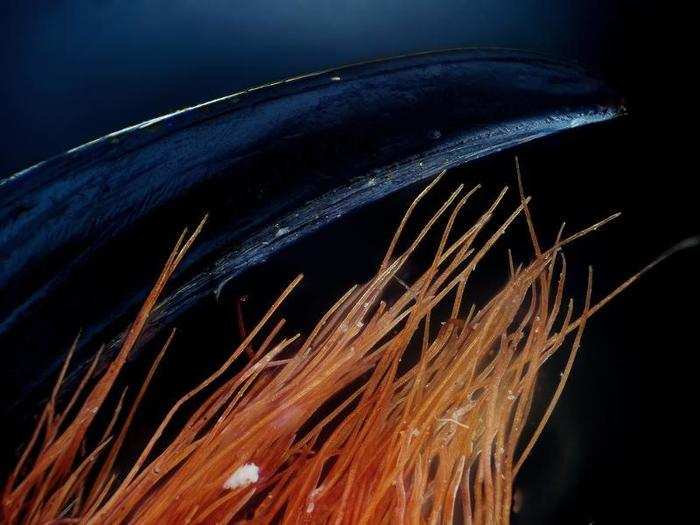
A fern's reproductive cells.
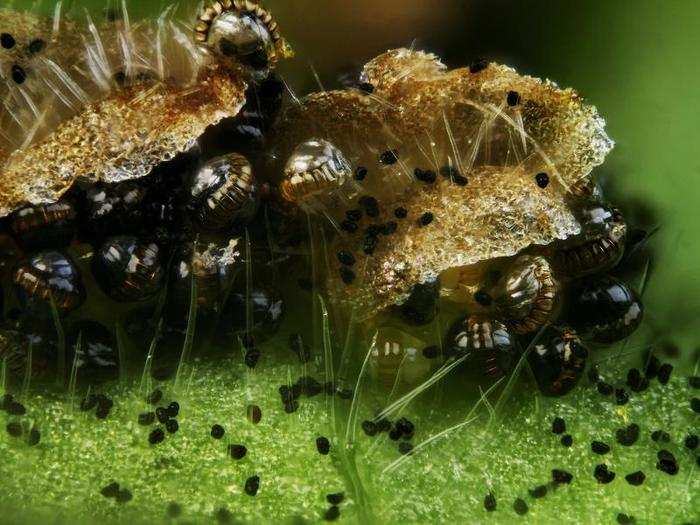
The underside of a decaying northern red oak leaf.
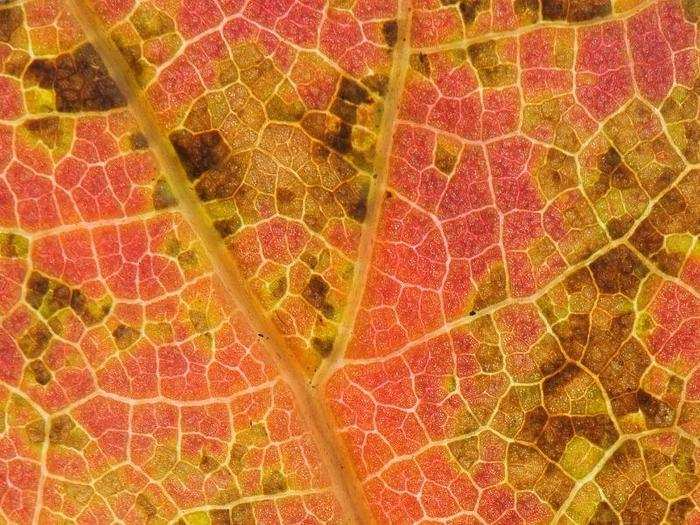
Fluorescent protein in a living HeLa cell, which is the oldest human cell line used in scientific research.
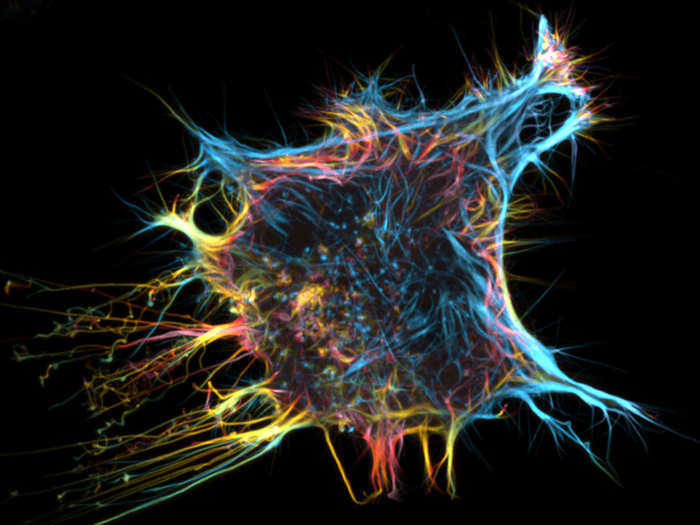
A parasitic roundworm.

Bee hairs.
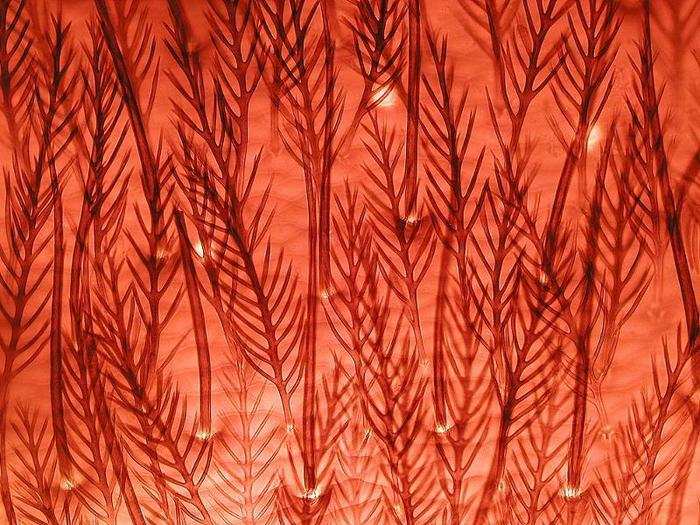
A dried-out drop of blood.
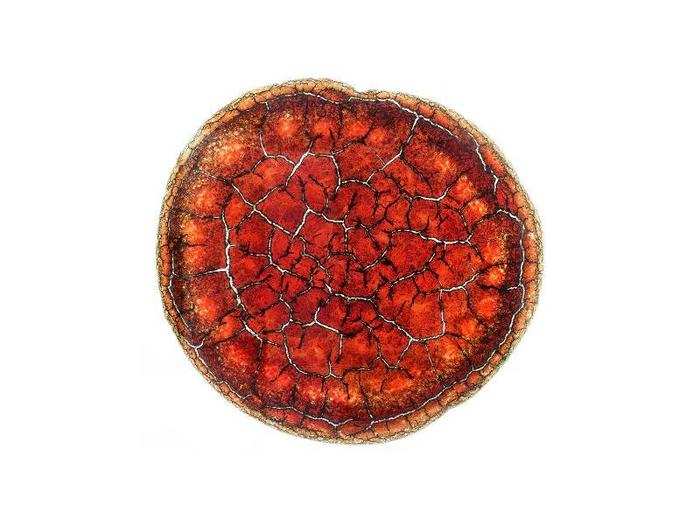
Dandelion pollen.
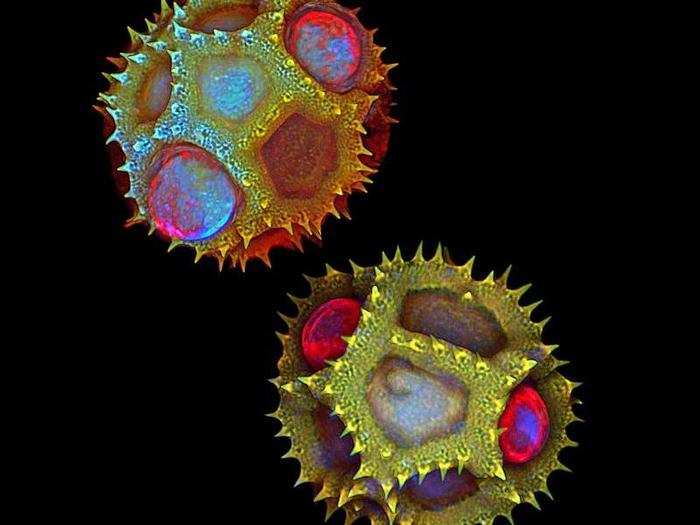
Golden algae found in freshwater.
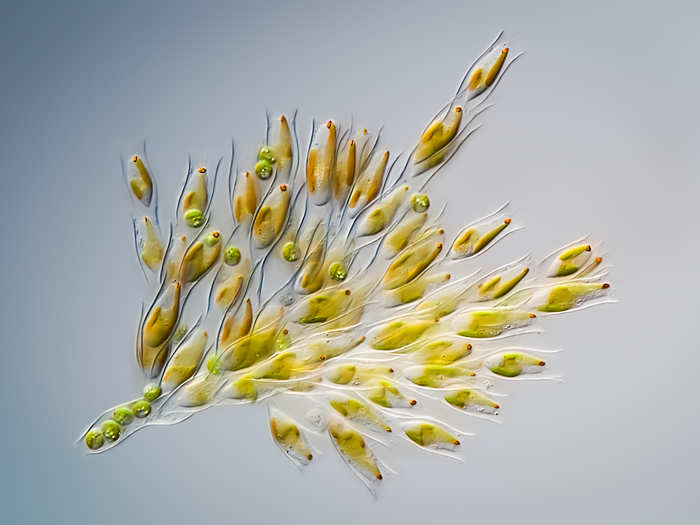
A segmented worm with movable hairs.
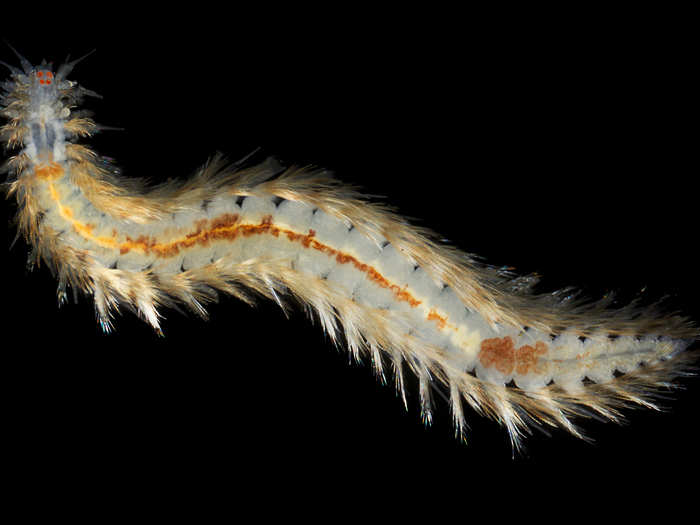
A mouse embryo stained for motor nerves (in red), sensory nerves (in magenta), and nerve endings (in cyan).
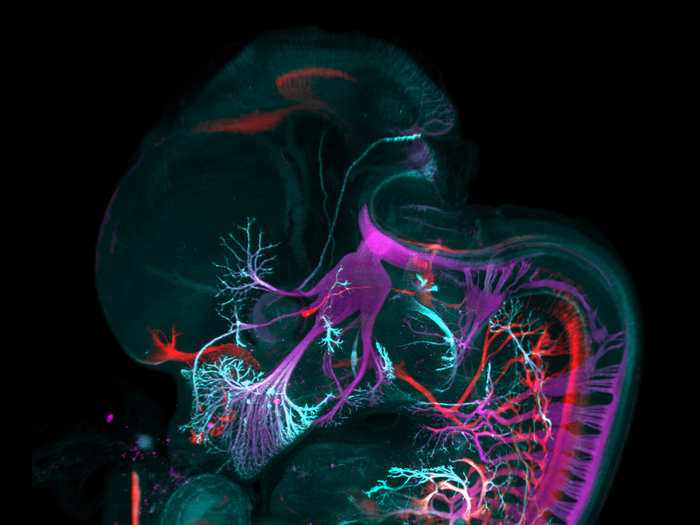
A rotifer — a microscopic aquatic animal — feeding.
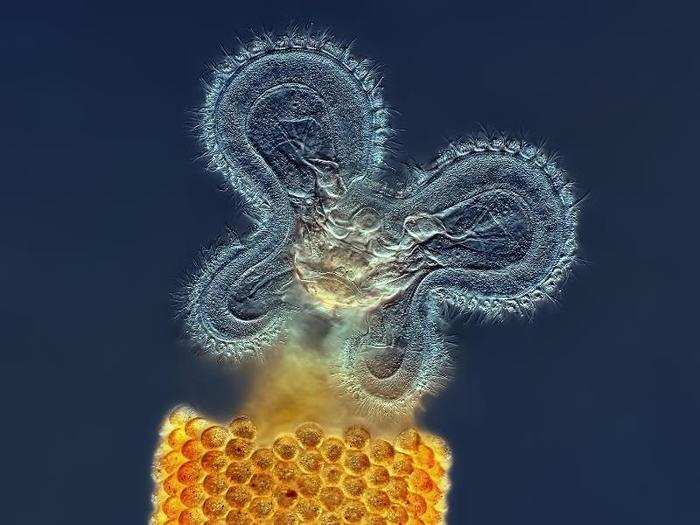
A flower in bloom.
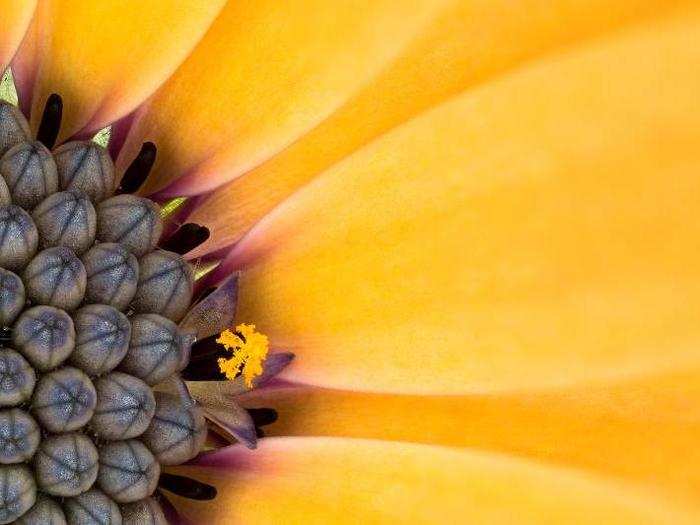
A skate fish embryo.
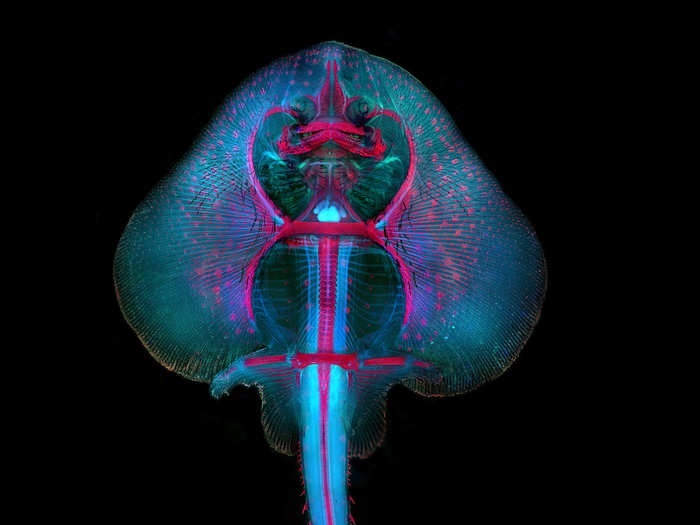
A European earwig.
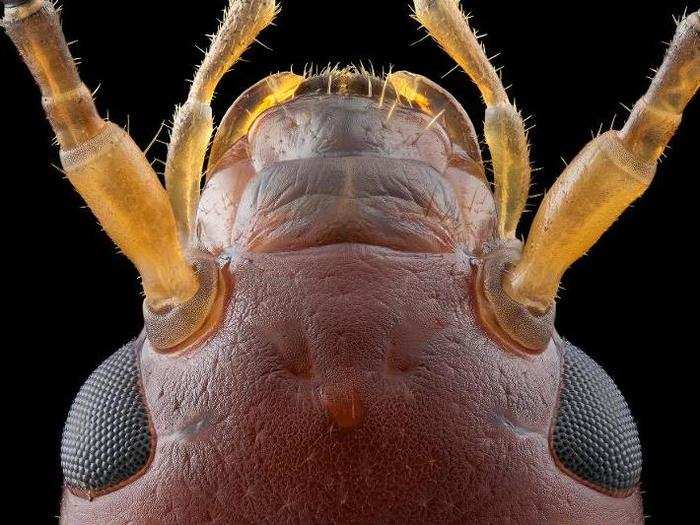
Almandine, a type of mineral from Hubei, China.
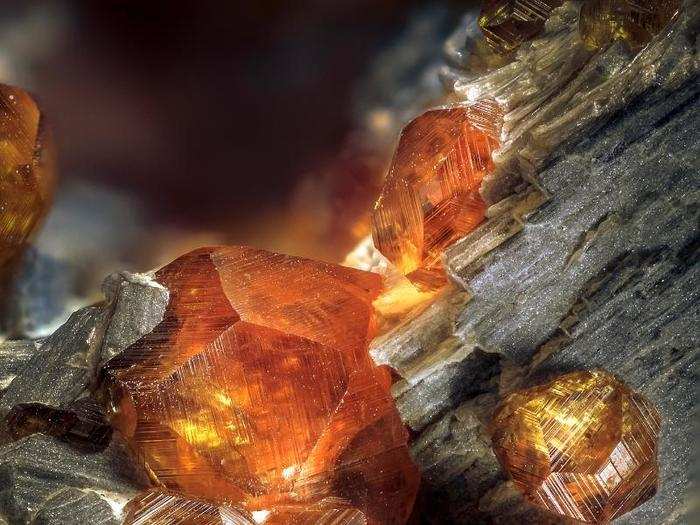
Iron oxide needles on quartz in Ontario, Canada.
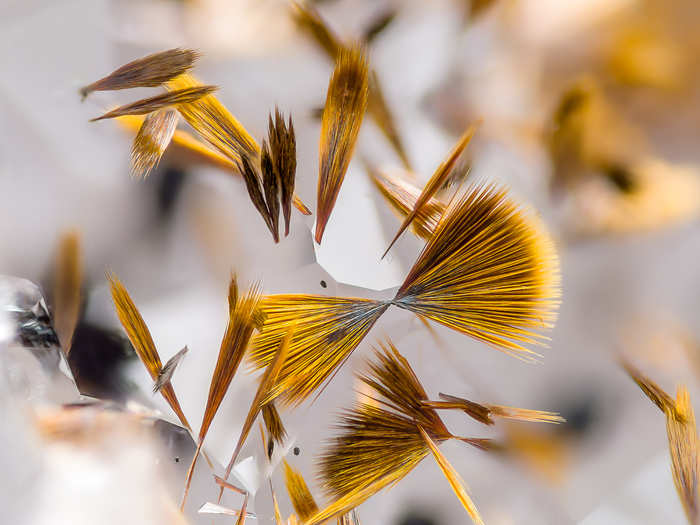
Part of a cat's tongue showing blood capillaries.
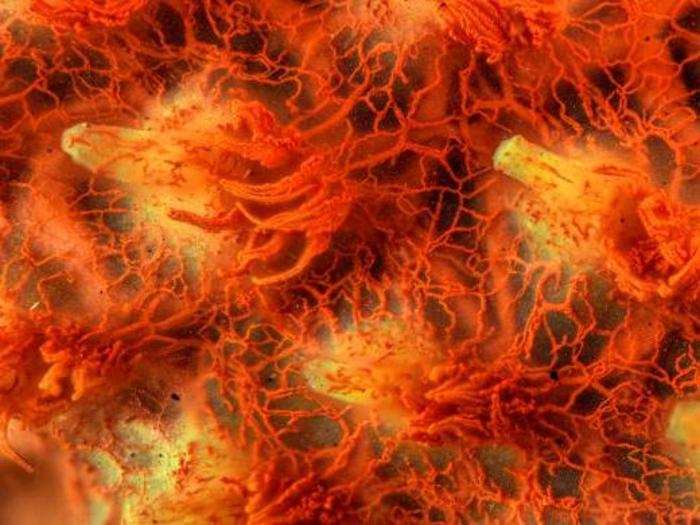
A fruit fly ovary.
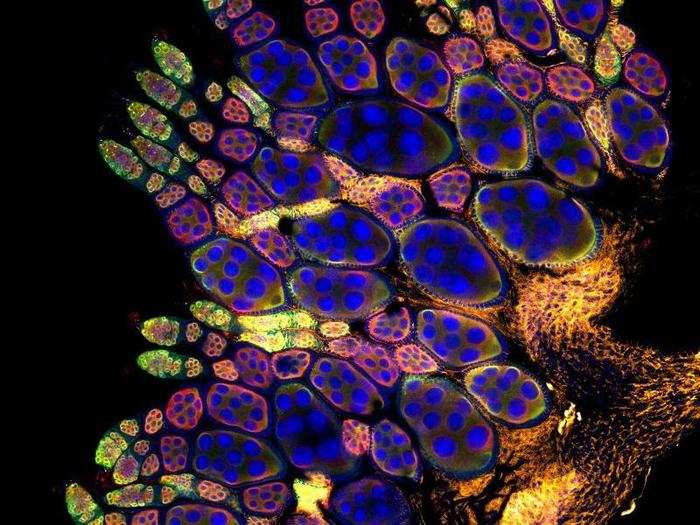
Amino acid crystals.
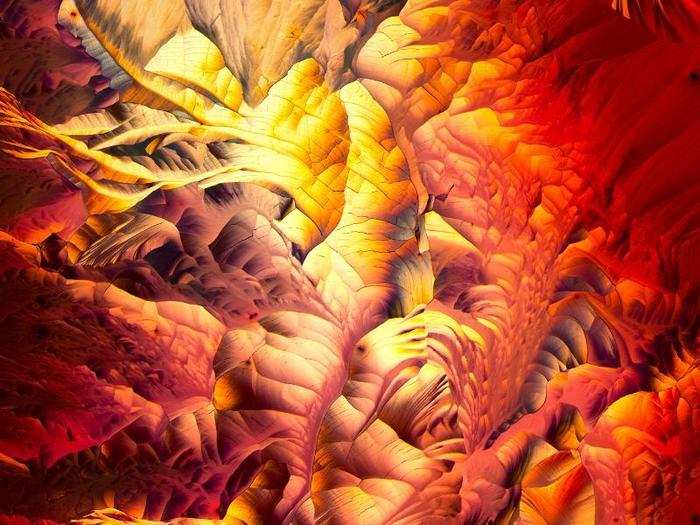
A hibiscus flower.
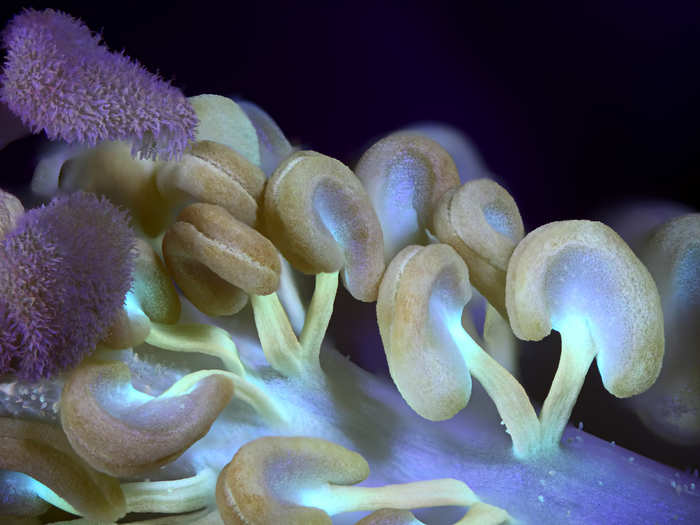
A parasitic larva from a wasp family feeds on a spider abdomen.
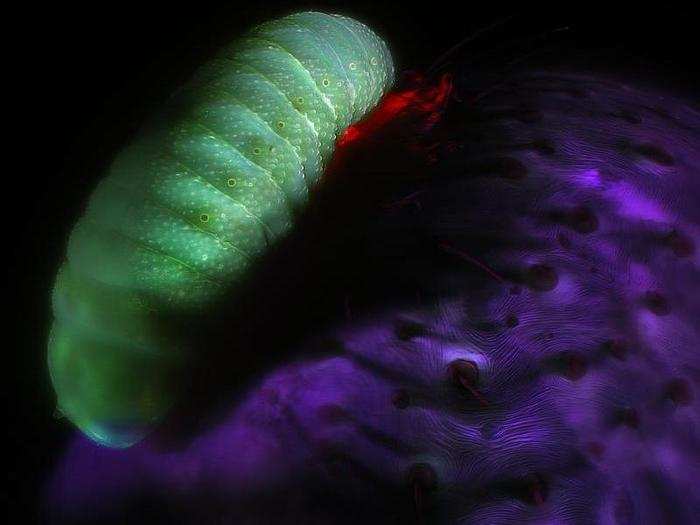
Human neurons from Parkinson patients.
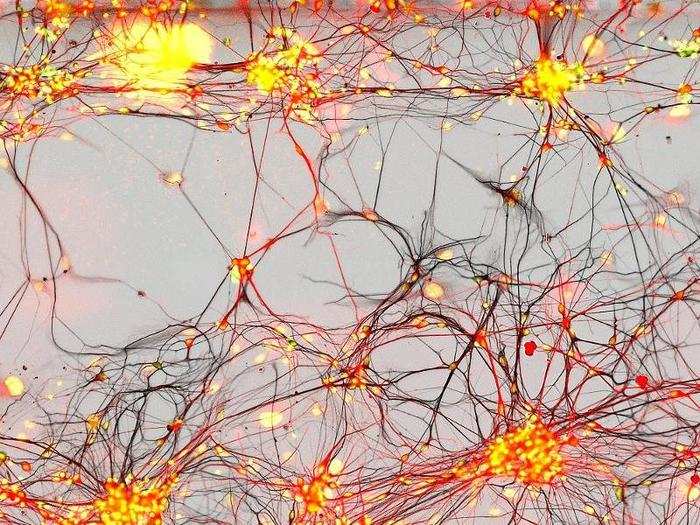
A ball of plastic microfibers found drifting in the ocean's plankton.
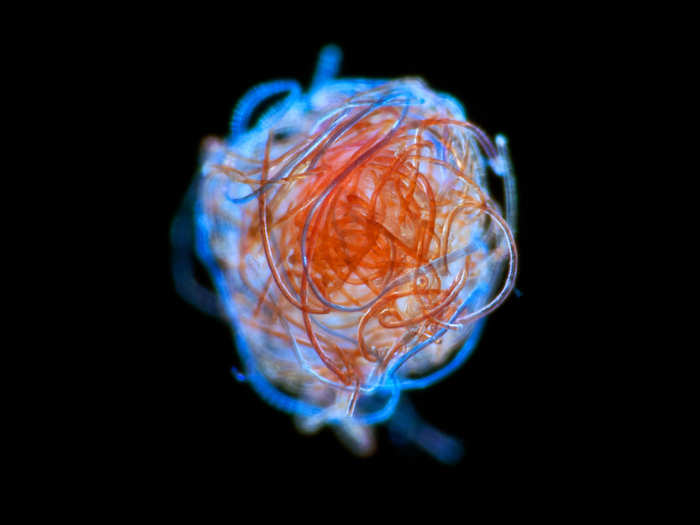
Microtubules in cells from veins of a human's umbilical cord.
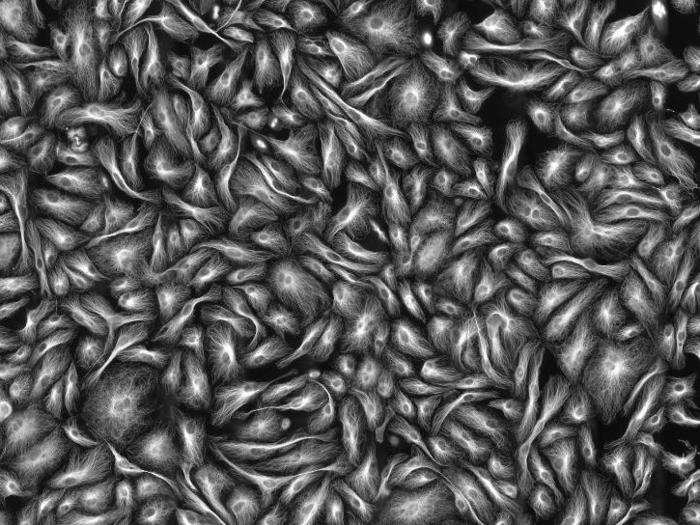
Mite on an antenna of a May bug.
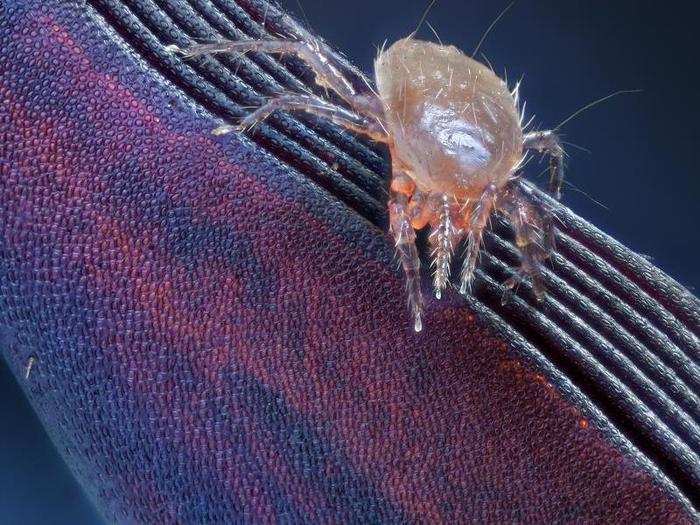
The early development phase of a tea-leaved willow's male reproductive part.
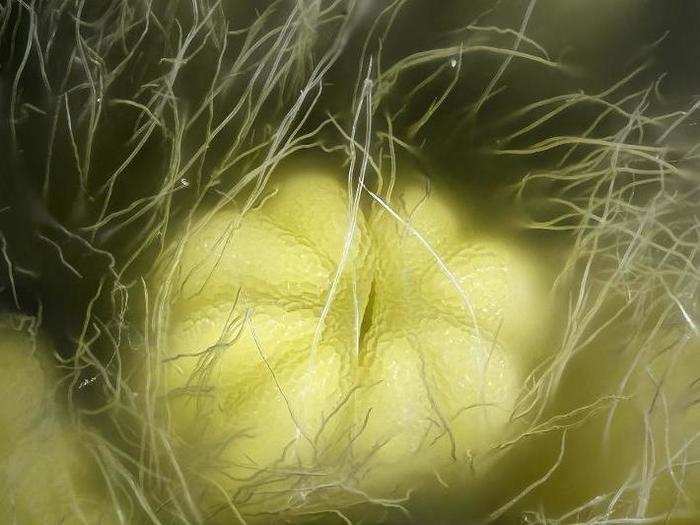
Glassworm larva.
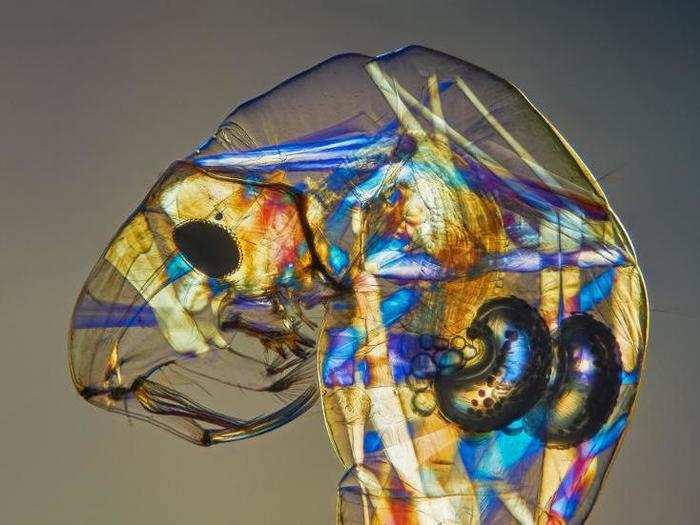
A flea.
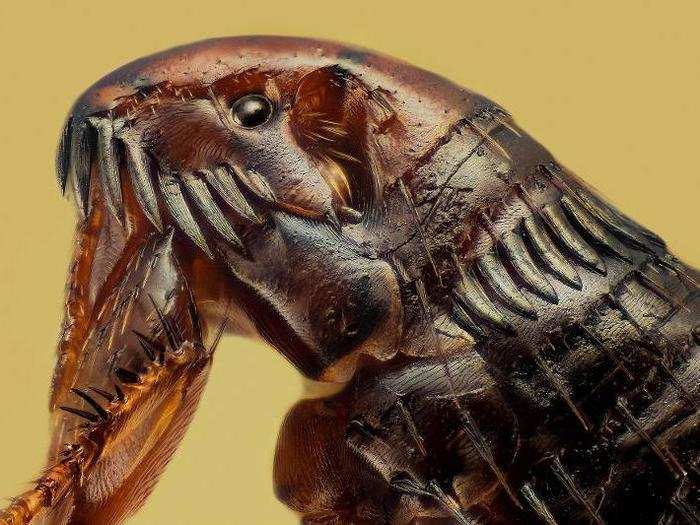
Marine organisms called dinoflagellates taken from a culture of algae.
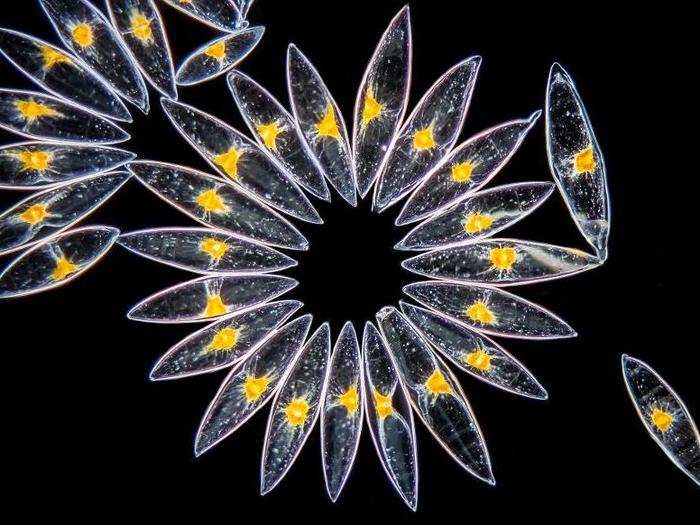
A rotting willow leaf.
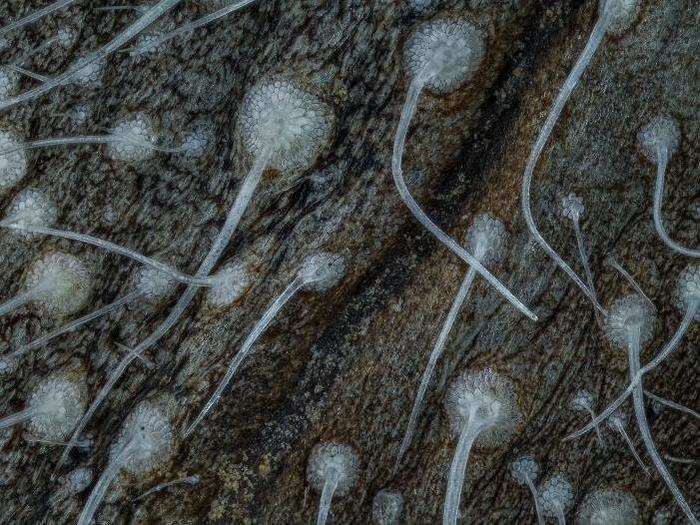
Neurons of a mouse's inner ear.
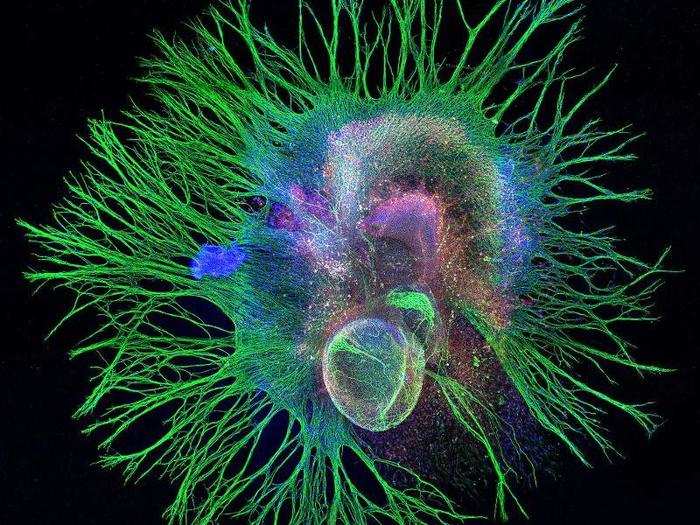
A 3D reconstruction of a mouse testicle (in green) and blood vessels (in red).
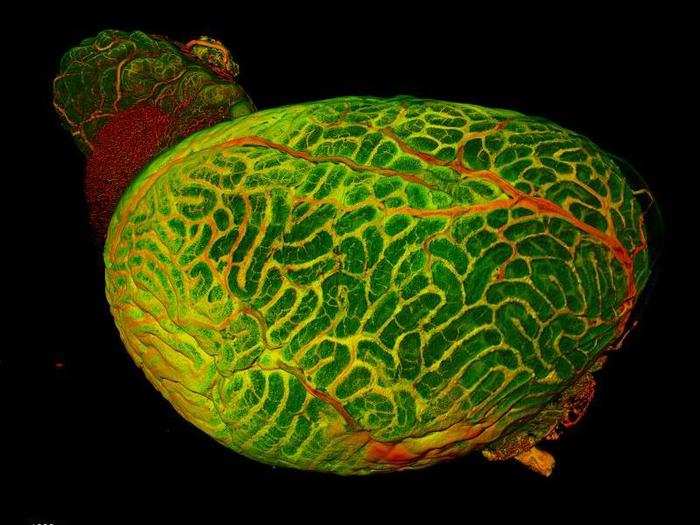
Skeletal muscle cells.
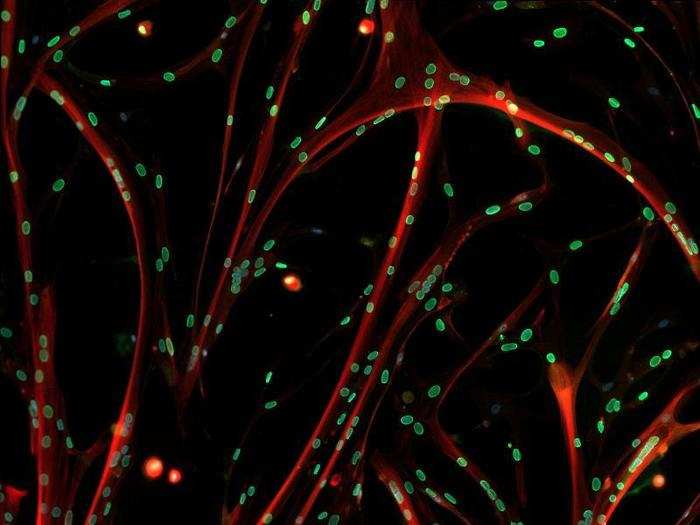
A thistle tortoise beetle.
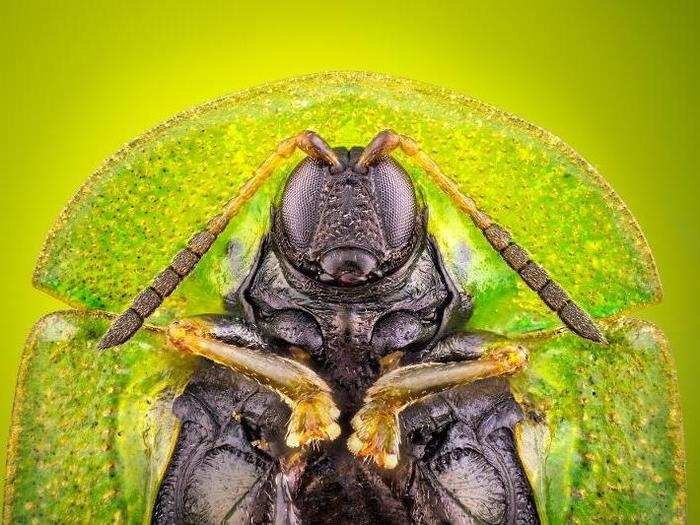
Freshwater snail eggs.
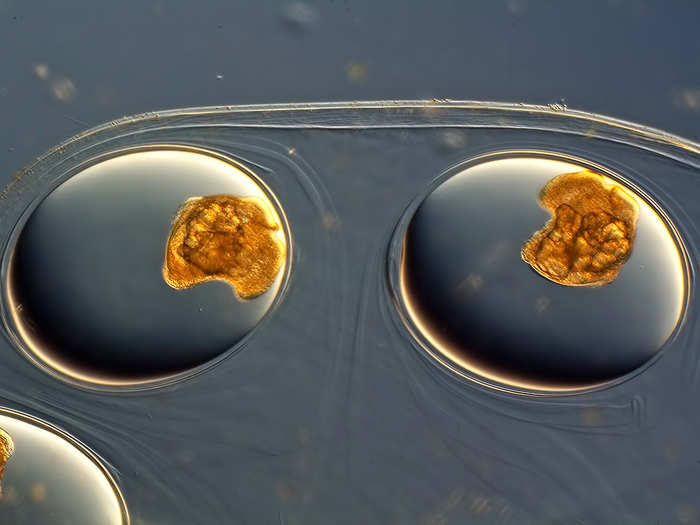
Sea urchin larva found in marine plankton.
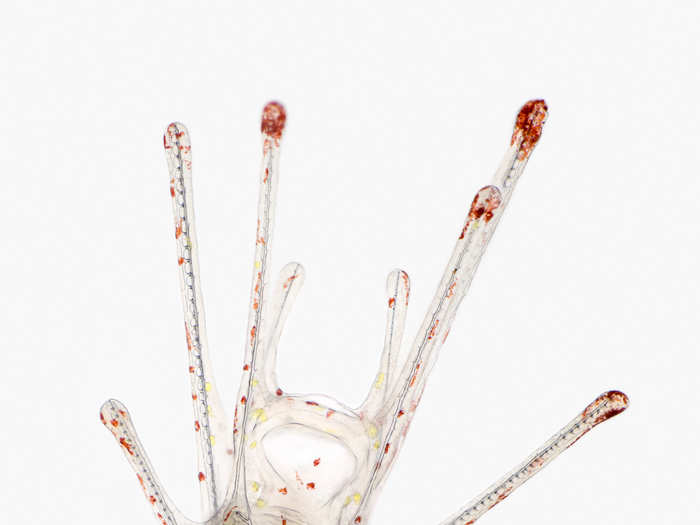
Single-celled marine organisms that grow on seaweeds.
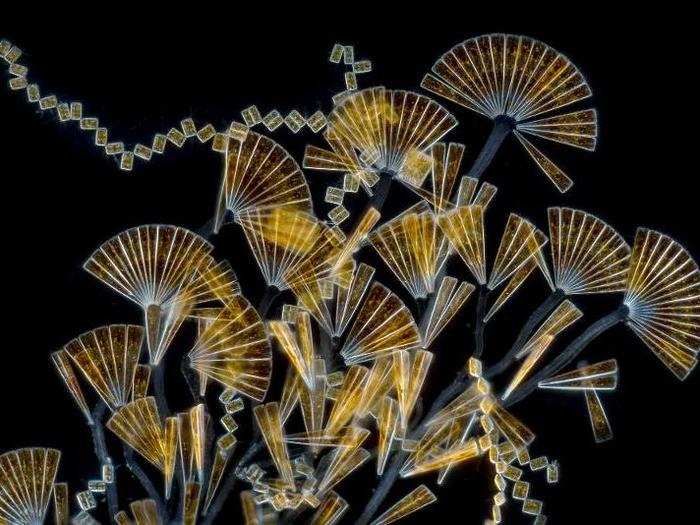
The inside of a mouse eye. Fibers (blue) help suspend the lens at the center (red).
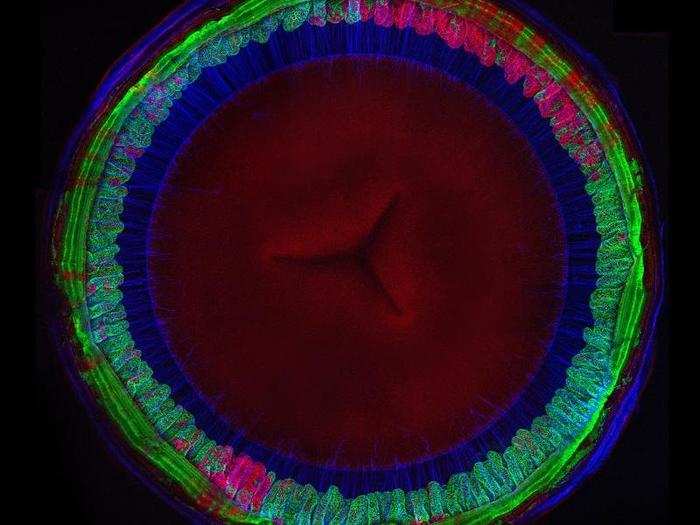
Layered crystal faces of smithsonite.
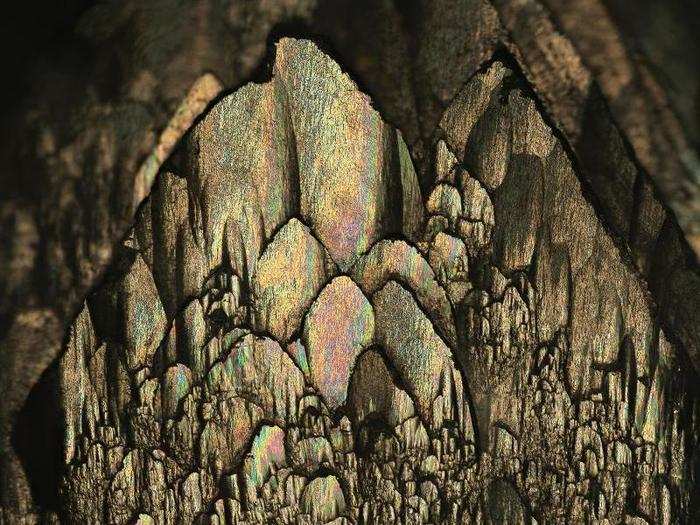
Transport tissue in a buttercup root.
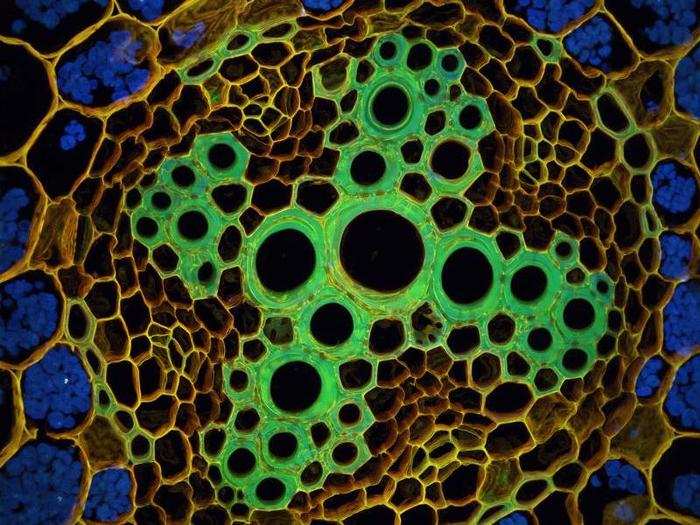
The iris of a human eye, with a "freckle" shown in blue.
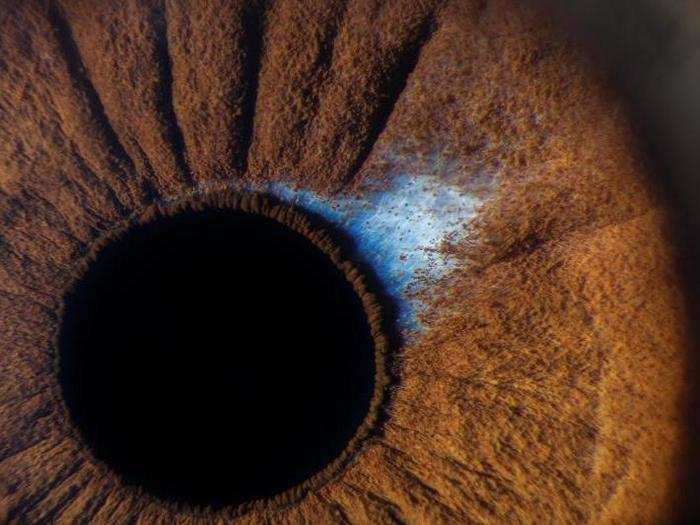
A wilted flower.
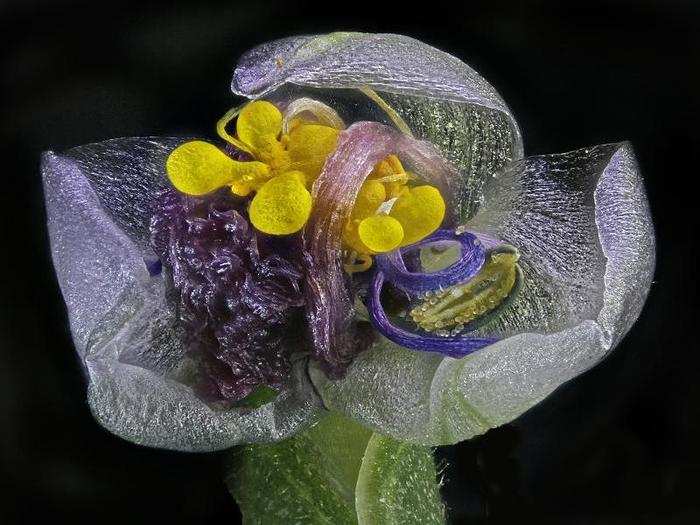
Nikon Small World also awards winners for its "Small World in Motion" video contest. See all of those winners here.
Disclosure: Dave Mosher, one of the authors of this post, was invited to judge the Nikon Small World competitions in 2017 and 2014.
Popular Right Now
Popular Keywords
Advertisement